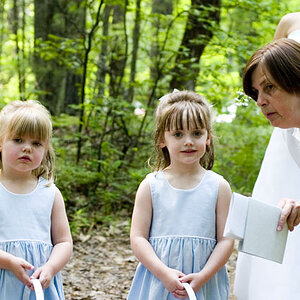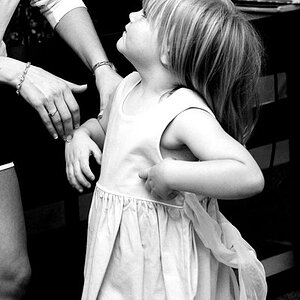- Joined
- Nov 19, 2010
- Messages
- 2,507
- Reaction score
- 440
- Location
- San Jose, CA
- Can others edit my Photos
- Photos OK to edit
I have failed to comprehend my manual (4 times) concerning this. I have no idea what it does? Can someone explain it to stupid ol' tevo :er:



![[No title]](/data/xfmg/thumbnail/37/37617-2a07b7e10a8d9f154e8cd9727551e0ef.jpg?1619738151)
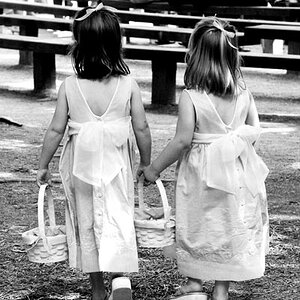
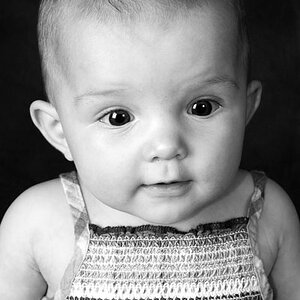
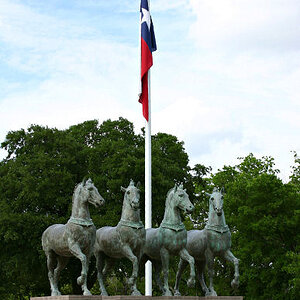
![[No title]](/data/xfmg/thumbnail/37/37616-5e9d06af384cf745ad31a513e49183a9.jpg?1619738151)
